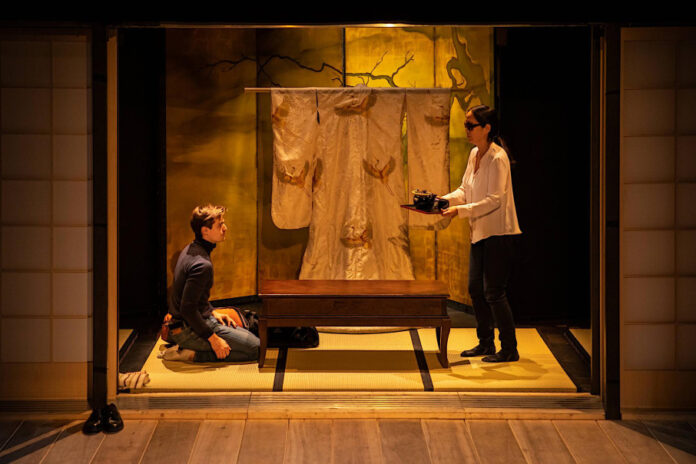TWELVE hours and twenty-five minutes. This is the (expected) duration of the performance of The Crossing of the Century, a production presented (to sold-out houses) in seven Montreal theaters this season. The equivalent of a direct Montreal-Tokyo flight! However, like an overseas trip, you have to prepare well before leaving. To not suffer.
The day before the premiere, our colleague Chantal Guy, who was covering the show on the work of Michel Tremblay, called us, a little panicked. “You can tell it scares me!” Of course, we reassured her. This show will be an extraordinary experience; she will remember it all her life.
Theaters that schedule live shows put a lot of effort into facilitating the audience experience. For example, at the Théâtre d’Aujourd’hui, the production provided us with a very detailed schedule for the day, with the exact duration of the six parts and the intermissions. She installed giant timers to display the time during breaks… And avoid delays. Because latecomers are not allowed to enter the room after the start of each game.
Saturday morning, we arrive at the Théâtre d’Aujourd’hui, shortly after 9:00 a.m. and the hall is already buzzing with activity. Spectators collect their coupons for reserved meals. They will take them during two breaks at 1:30 p.m. and 6:10 p.m., in areas set up for eating. Others opted for their own lunches and snacks. They stuffed their backpack with sandwiches, fruit and other granola bars. Don’t forget to insert ice packs. At stations near the bar, free water, tea and filter coffee are served. Before entering the room, we are suggested to fill our water bottles and go to the small corner.
“I didn’t take a chance; I put on compression stockings. Like when I fly. I don’t want my legs to hurt,” a spectator sitting behind us told her friends. Further on, a colleague has brought a large cushion, to avoid the discomfort of her seat, which she will occupy until the end of the evening. As the saying goes, the brain can’t take more than the butt…
The Seven Branches of the Ōta River, by Robert Lepage, lasts about seven hours, interspersed with short breaks and intermissions. Rome, created in the spring under the direction of Brigitte Haentjens, brings together five plays by Shakespeare in a single performance of seven and a half hours, with two intermissions. The Riopelle Project, also by Lepage, is over four and a half hours long, including two 20-minute intermissions.
Moreover, Robert Lepage is the grand master of marathon shows, since he presented the full version (six hours) of his Trilogy of dragons, in 1987, at the Festival de théâtre des Amériques.
This year at the theater, we crossed the 20th century in Quebec carried by the words and the genius of Tremblay; we explored the ancient and tragic Rome of Shakespeare, at Usine C; then traveled to Hiroshima, New York and Amsterdam at TNM; before seeing in Duceppe a crucial period in the history of modern art, thanks to the powerful imagination of Lepage and his Riopelle Project.
In 2019, by proposing to André Brassard to work on a work that will make the genealogy of Albertine’s family, Alice Ronfard wanted to make “a kind of Quebec Mahabharata”, in reference to Peter Brook’s masterpiece, on the Indian epic, lasting nine hours. With The Crossing of the Century, like Brook, Ronfard brilliantly delivers an odyssey on the mythology of the Quebec people. A colossal project that took him three years of his life. We can give him 12 or 13 hours of ours to see the result.















